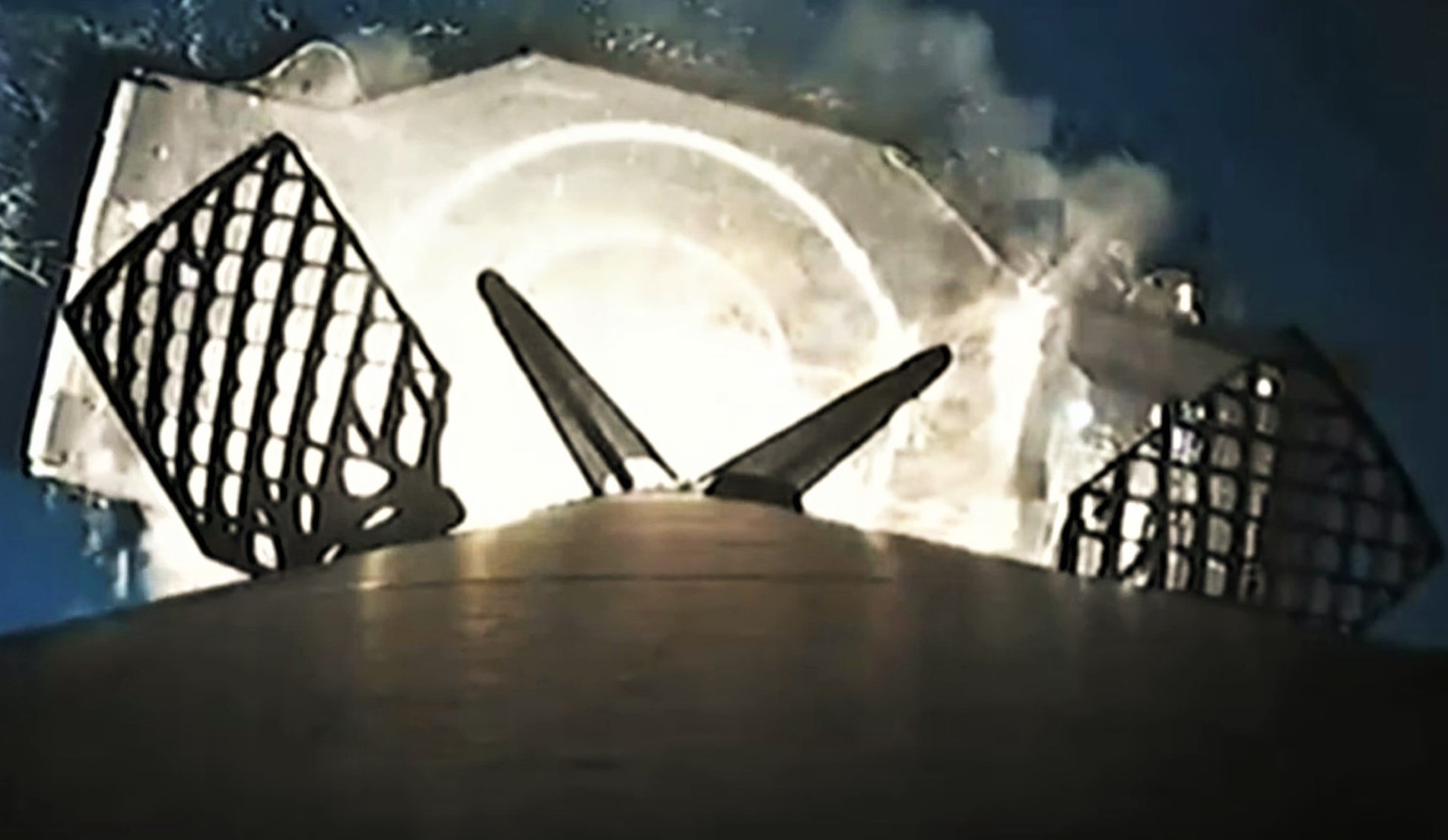

News
SpaceX Falcon 9 booster becomes fourth to launch and land ten times
For the fourth time, a SpaceX Falcon 9 booster has successfully completed ten orbital-class launches and landings.
A day later than planned, Falcon 9 booster B1060 lifted off from Kennedy Space Center’s Pad 39A at 9:02 pm EST (02:02 UTC) on Tuesday, January 18th. Carrying an expendable Falcon upper stage and 49 Starlink V1.5 satellites, the booster performed its job without issue, boosting the payload and second stage mostly free of Earth’s atmosphere and about a quarter of the way to orbital velocity (2.2 km/s or Mach 6.5). As is now routine, B1060 then separated from the upper stage, flipped around, coasted to an apogee of ~130 km (80 mi), reentered Earth’s atmosphere, and touched down on one of SpaceX’s drone ships.
Unlike most other SpaceX launches, that drone ship – named A Shortfall Of Gravitas (ASOG) – was stationed southeast of Kennedy Space Center and off the coast of the Bahamas, where the weather and warmer seas are calmer and more optimal for safe booster and fairing recovery. Starlink 4-6 is the second time SpaceX has significantly customized a Starlink launch trajectory to optimize for booster recovery after Starlink 4-5, a virtually identical mission that launched on January 6th.
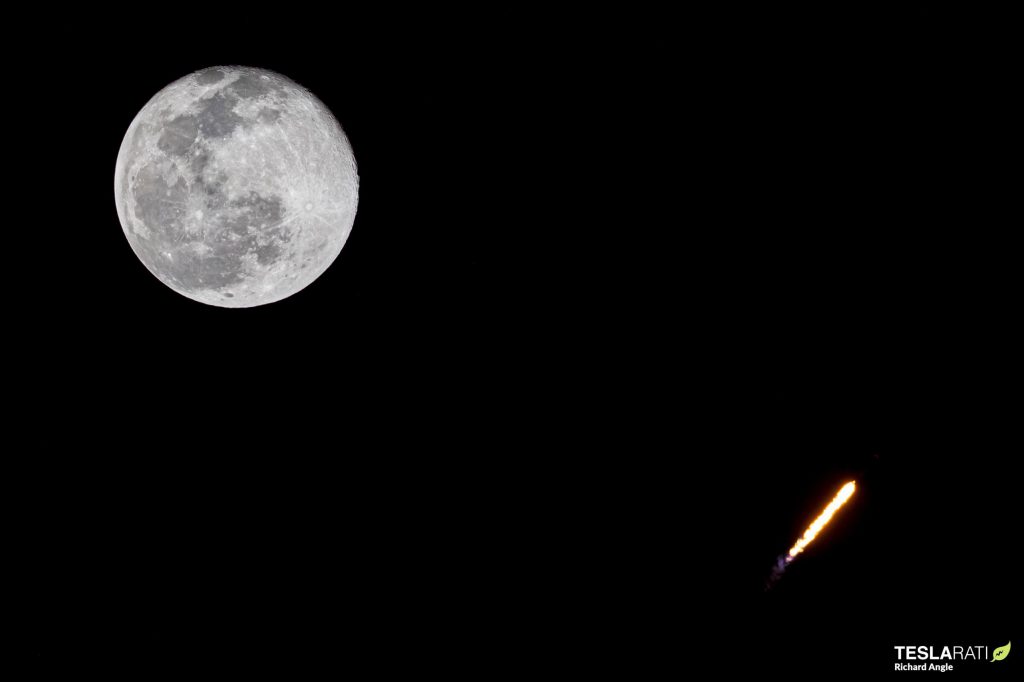
While the rare trajectory again prevented SpaceX from broadcasting Starlink satellite deployment live, CEO Elon Musk confirmed that the mission was a full success – the most important aspect of any operational rocket launch. Nonetheless, five years into Falcon reuse, booster recovery is now a crucial objective of virtually every Falcon launch – likely second only to payload deployment. Starlink 4-6 was no different and carried its own Falcon recovery and reuse milestones along with it.
For B1060, it was the booster’s tenth successful spaceflight and orbital-class launch and landing, making it the fourth Falcon 9 first stage to cross that milestone since May 2021 – and the third in the last four months. B1060 accomplished the feat faster than any of the three boosters before it, supporting ten orbital-class launches in a little over 18 months just five days after Falcon 9 B1058 crossed its own ten-flight milestone in 19 months.
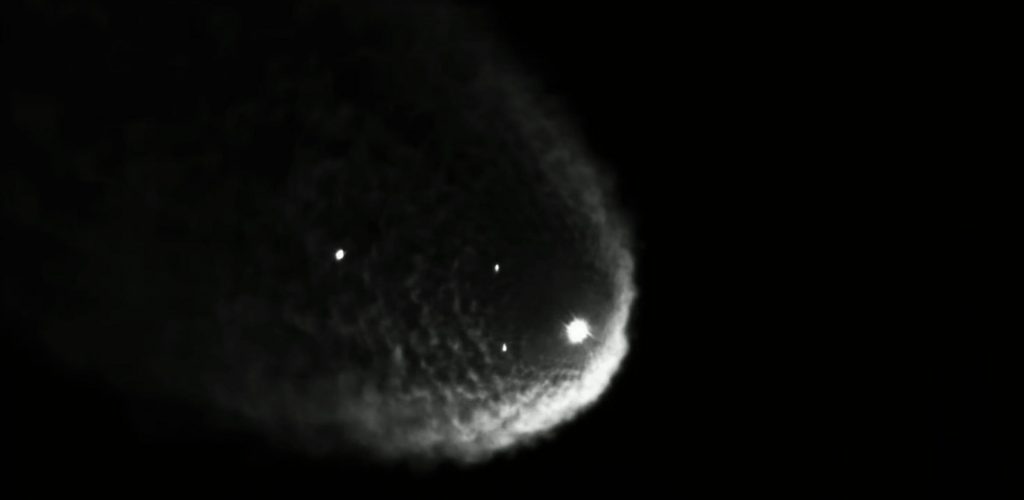
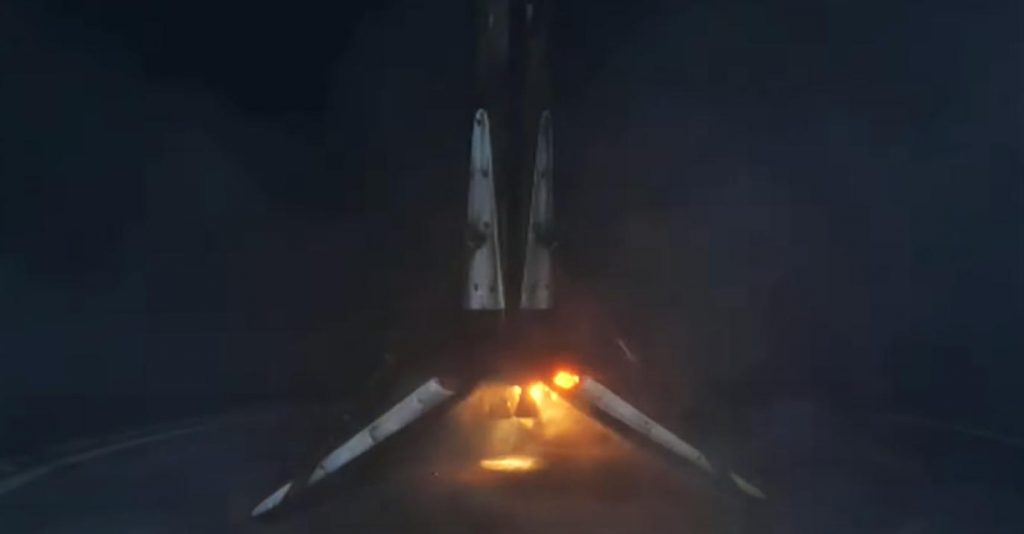
More significantly, B1060’s success means that four boosters have now launched 41 times total and supported 40 of 73 Falcon launches completed by SpaceX in the last three years. While responsible for ~55% of all Falcon launches in that timeframe, those 4 boosters represent just 20% of the 20 boosters SpaceX launched at least once in the same period. That extraordinary accomplishment helps make it clearer than ever what a fleet of rockets capable of reliable recovery and reuse are truly capable of.
Starlink 4-6 included the 2000th Starlink satellite launched by SpaceX since May 2019 and, if all those spacecraft are in good health, raised the tally of operational Starlink satellites launched by Falcon 9 to 1967.
SpaceX has another two launches scheduled this month for five total: Italy’s CSG-2 Earth observation satellite no earlier than (NET) January 27th and Starlink 4-7 NET January 29th.

News
Tesla dispels reports of ‘sales suspension’ in California
“This was a “consumer protection” order about the use of the term “Autopilot” in a case where not one single customer came forward to say there’s a problem.
Sales in California will continue uninterrupted.”

Tesla has dispelled reports that it is facing a thirty-day sales suspension in California after the state’s Department of Motor Vehicles (DMV) issued a penalty to the company after a judge ruled it “misled consumers about its driver-assistance technology.”
On Tuesday, Bloomberg reported that the California DMV was planning to adopt the penalty but decided to put it on ice for ninety days, giving Tesla an opportunity to “come into compliance.”
Tesla enters interesting situation with Full Self-Driving in California
Tesla responded to the report on Tuesday evening, after it came out, stating that this was a “consumer protection” order that was brought up over its use of the term “Autopilot.”
The company said “not one single customer came forward to say there’s a problem,” yet a judge and the DMV determined it was, so they want to apply the penalty if Tesla doesn’t oblige.
However, Tesla said that its sales operations in California “will continue uninterrupted.”
It confirmed this in an X post on Tuesday night:
This was a “consumer protection” order about the use of the term “Autopilot” in a case where not one single customer came forward to say there’s a problem.
Sales in California will continue uninterrupted.
— Tesla North America (@tesla_na) December 17, 2025
The report and the decision by the DMV and Judge involved sparked outrage from the Tesla community, who stated that it should do its best to get out of California.
One X post said California “didn’t deserve” what Tesla had done for it in terms of employment, engineering, and innovation.
Tesla has used Autopilot and Full Self-Driving for years, but it did add the term “(Supervised)” to the end of the FSD suite earlier this year, potentially aiming to protect itself from instances like this one.
This is the first primary dispute over the terminology of Full Self-Driving, but it has undergone some scrutiny at the federal level, as some government officials have claimed the suite has “deceptive” naming. Previous Transportation Secretary Pete Buttigieg was vocally critical of the use of the name “Full Self-Driving,” as well as “Autopilot.”
News
New EV tax credit rule could impact many EV buyers
We confirmed with a Tesla Sales Advisor that any current orders that have the $7,500 tax credit applied to them must be completed by December 31, meaning delivery must take place by that date. However, it is unclear at this point whether someone could still claim the credit when filing their tax returns for 2025 as long as the order reflects an order date before September 30.
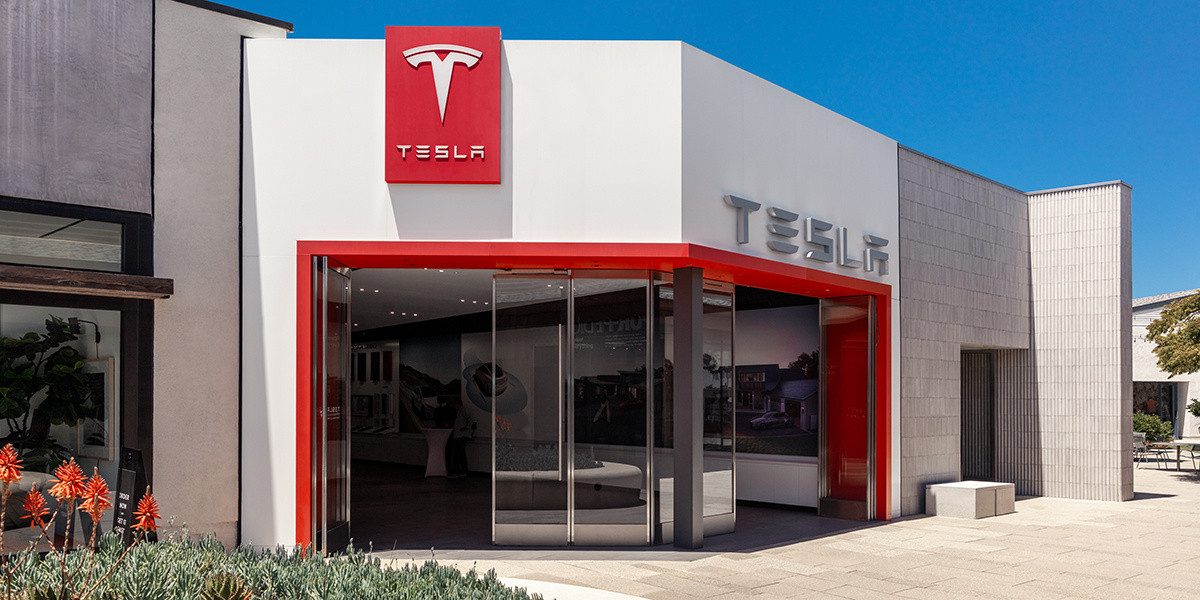
Tesla owners could be impacted by a new EV tax credit rule, which seems to be a new hoop to jump through for those who benefited from the “extension,” which allowed orderers to take delivery after the loss of the $7,500 discount.
After the Trump Administration initiated the phase-out of the $7,500 EV tax credit, many were happy to see the rules had been changed slightly, as deliveries could occur after the September 30 cutoff as long as orders were placed before the end of that month.
However, there appears to be a new threshold that EV buyers will have to go through, and it will impact their ability to get the credit, at least at the Point of Sale, for now.
Delivery must be completed by the end of the year, and buyers must take possession of the car by December 31, 2025, or they will lose the tax credit. The U.S. government will be closing the tax credit portal, which allows people to claim the credit at the Point of Sale.
🚨UPDATE: $7,500 Tax Credit Portal “Closes By End of Year”.
This is bad news for pending Tesla buyers (MYP) looking to lock in the $7,500 Tax Credit.
“it looks like the portal closes by end of the year so there be no way for us to guarantee the funds however, we will try our… pic.twitter.com/LnWiaXL30k
— DennisCW | wen my L (@DennisCW_) December 15, 2025
We confirmed with a Tesla Sales Advisor that any current orders that have the $7,500 tax credit applied to them must be completed by December 31, meaning delivery must take place by that date.
However, it is unclear at this point whether someone could still claim the credit when filing their tax returns for 2025 as long as the order reflects an order date before September 30.
If not, the order can still go through, but the buyer will not be able to claim the tax credit, meaning they will pay full price for the vehicle.
This puts some buyers in a strange limbo, especially if they placed an order for the Model Y Performance. Some deliveries have already taken place, and some are scheduled before the end of the month, but many others are not expecting deliveries until January.
Elon Musk
Elon Musk takes latest barb at Bill Gates over Tesla short position
Bill Gates placed a massive short bet against Tesla of ~1% of our total shares, which might have cost him over $10B by now

Elon Musk took his latest barb at former Microsoft CEO Bill Gates over his short position against the company, which the two have had some tensions over for a number of years.
Gates admitted to Musk several years ago through a text message that he still held a short position against his sustainable car and energy company. Ironically, Gates had contacted Musk to explore philanthropic opportunities.
Elon Musk explains Bill Gates beef: He ‘placed a massive bet on Tesla dying’
Musk said he could not take the request seriously, especially as Gates was hoping to make money on the downfall of the one company taking EVs seriously.
The Tesla frontman has continued to take shots at Gates over the years from time to time, but the latest comment came as Musk’s net worth swelled to over $600 billion. He became the first person ever to reach that threshold earlier this week, when Tesla shares increased due to Robotaxi testing without any occupants.
Musk refreshed everyone’s memory with the recent post, stating that if Gates still has his short position against Tesla, he would have lost over $10 billion by now:
Bill Gates placed a massive short bet against Tesla of ~1% of our total shares, which might have cost him over $10B by now
— Elon Musk (@elonmusk) December 17, 2025
Just a month ago, in mid-November, Musk issued his final warning to Gates over the short position, speculating whether the former Microsoft frontman had still held the bet against Tesla.
“If Gates hasn’t fully closed out the crazy short position he has held against Tesla for ~8 years, he had better do so soon,” Musk said. This came in response to The Gates Foundation dumping 65 percent of its Microsoft position.
Tesla CEO Elon Musk sends final warning to Bill Gates over short position
Musk’s involvement in the U.S. government also drew criticism from Gates, as he said that the reductions proposed by DOGE against U.S.A.I.D. were “stunning” and could cause “millions of additional deaths of kids.”
“Gates is a huge liar,” Musk responded.
It is not known whether Gates still holds his Tesla short position.








